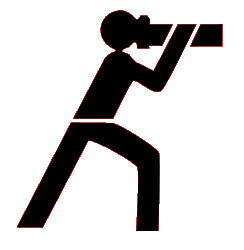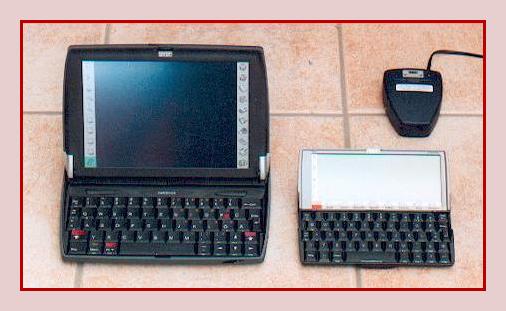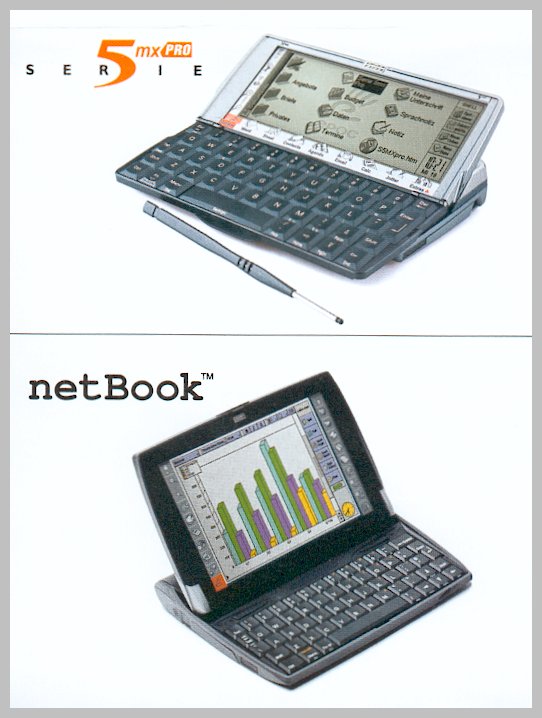

Fritz Pölking
Time Management Within Nature Photography
There are a few rules in professional nature photography that you can roughly go by. Like the ones that say that you will have about $ 1,- per slide turnover per year and agency. So if you have 1000 slides at one agency, you would come up to about $ 1.000,- a year, with 10.000 slides it would be about $10.000,- and with 100.000 slides $ 100.000,-.
Or take the rule that says for one day of field work you need to calculate one day of office work. So if the nature photographer spends about 6 months a year outdoors, then he has to be in his office for 6 months.... or hire a professional office worker with a sound knowledge of the English language, which would be rather expense if he does not marry her (.... but that could be even more expensive in the long run....).
Vacation is not considered in this example, but why would a nature photographer need a vacation?
For example:
In February of 2001 I was in North America for 5 weeks: one week in Yellowstone, one week in Death Valley, one week in Bosco del Apache, one week in the Everglades and one week in the high mountains of Mexico. For each week I had calculated 50 rolls of film, which is 250 altogether.
So when you get back, you have to have them developed, view all of the approx. 8.500 slides on the desk viewer, after that, throw away 6.000 and then adequately label, frame, sort and mail the rest, except for the few that are kept and archived, which you have to do as well.
Then you can sort the mail from the past five weeks and everything else which has accumulated and left to process, during that time. Not to mention everything else which is continuously coming, on top of that, oh and don´t forget, you have to plan and prepare the next tour. In addition to that you have articles and books to write, so that the time ratio of 1:1 gets to be pretty tight.
On the other hand, I don´t believe I know of any other profession by which so much time is being wasted as in nature photography.
Take for instance the first week of this tour:
First off, you drive or fly to Frankfurt, where you sit for 2 hours at the gate or in the LH-lounge, waiting for the flight to Chicago. Then, on board, the stewardess delightfully tells you that today´s flight is calculated at 9 hours and 40 minutes. In Chicago you wait another 2 hours for your flight to Minneapolis or Salt Lake City which takes another 2 hours of flight time. There you wait another hour for your flight to Jackson Hole or Bozeman.
In the winter time in Yellowstone dark falls at about 5pm, so that you have plenty of time to admire the American Television Network, where the commercials are interrupted by short periods of program.
So on one side you waste an incredible amount of time only to be packed down with a huge amount of work later on at home on the other side.
For this reason I have shifted all my work that can be done while on tour to the flight time and the evenings in the hotels.
This has the advantage that you can fill these incredibly huge amounts of – otherwise wasted – hours with meaningful work and most of the time it is not as boring as having to watch these agonizingly silly films shown on airplanes or available at hotels.
So the solution is called "Psion 5mx pro" or "Psion Netbook". Besides this, you could use any normal laptop in order to write all articles and books, read your e-mails and answer them as well as producing all labels and taking notes.
There are only two drawbacks: first of all a normal laptop will weigh about 2.5 – 3.5 Kg, which is not really ideal for us who have to lug enough weight around with us anyway and secondly, a laptop can only be operated for a good two hours with its battery pack. So it would already be depleted before you leave the ground in Frankfurt.
The small Psion has the following advantages:
The Psion 5mx weighs all of 350 gram and will last with two 1.5 volt AA batteries for 1-2 months. Ideal to implement where there is no, little or only a dubious supply of electricity, i.e. in the Antarctica, Mongolia, or the tented camps of Africa.
The Psion Netbook has a battery pack that will last for about 10 hours, and weighs approx. 1.150 gram, which is ideal when you have a secured supply of electricity (i.e. North America or Europe); you can send and receive e-mails with both; in Europe in combination with your cell phone and, where the cell phone will not work (i.e. North America or Africa), with the Psion travel modem, on top of that, with the Netbook you can work with the Internet as well.
First and foremost it is the possibility of receiving and sending your e-mails that is extremely positive. When you receive about 100-200 e-mails during your five weeks of travel, it is very time consuming to process these after your return, besides the fact that some will unfortunately no longer be current.
This way you can keep in contact from just about every place in the world on a daily basis and react without the e-mail partner on the other end even realizing that you are not even at home.
With the Psion you don´t have to retrieve your e-mails. You can just receive the copies, this way the original mail will stay in the mailbox in Germany and you can retrieve them on your main PC later on at home. That means that you can delete all the mails after having processed them, because they are still available later on at home.
You can also transfer all articles and manuscripts written on the Psion while travelling on to your PC at home after your return and then process this text any way you like.
If you add up all the hours you waste while travelling on your photo safari, you could come up with hundreds. You can use this time productively if you fill it with all the "written work" starting from articles to books and labels on to e-mails and notes; this way you can work a lot more relaxed after returning home, because a lot of the things which would have normally accumulated have already been taken care of.
Hey, there may even be time left for a short vacation - .... to visit the Lynx in the Bavarian Forest National Park.......
So which Psion to choose from...?
The 5mx pro if you are travelling to places without electricity. The weight is minimal but does not have a keyboard with the Umlauts. You always have to press the extra key, which is very annoying. Will work for 1-2 months with two 1.5 volt batteries.
The Netbook has a color display, keys for the Umlaut letters and in general is a greater joy to work with. Unfortunately it is larger, heavier and needs an electrical plug-in after 10 hours of operation.
The small, inexpensive and light weight Revo from Psion is not recommendable for our purpose, since it can only be used with a battery back and not with exchangeable batteries.

On the right side: the small Psion 5mx pro with 350 grams
of weight and the Psion travel modem in order to
send or retrieve your e-mails. You only need an infra-red
connection between the modem and palm-top. You only
have to connect the travel modem with the
telephone plug in the hotel room. This will work
in almost every hotel in the world.
The "Egg" on the upper right above the psion
is the travel modem for the connection to the telephone.
On the left: The larger Psion Netbook with 1.150 gram of
weight
which will allow the user, besides receiving and sending
e-mails, to work in the internet. It uses the same travel modem

* * * * * * * *